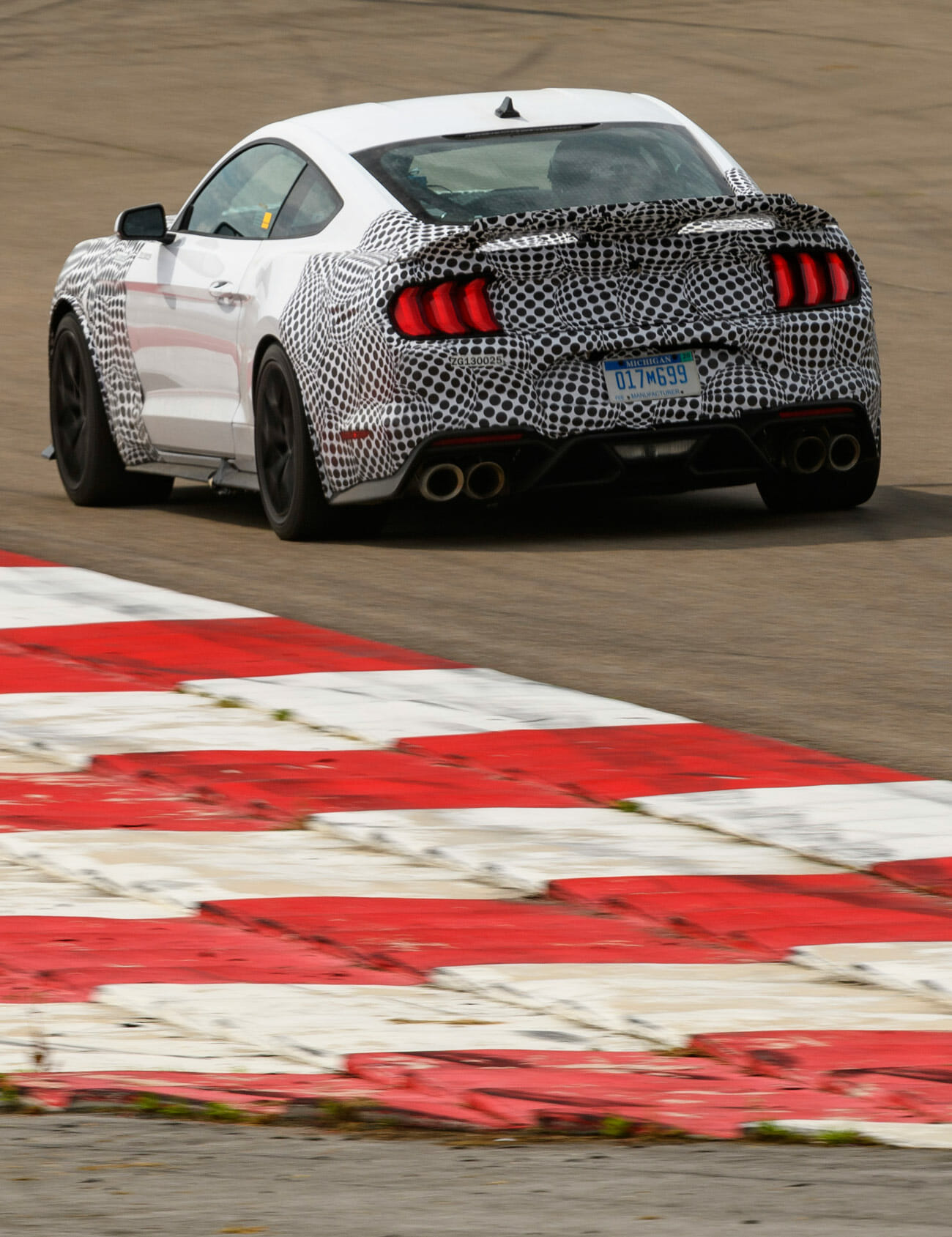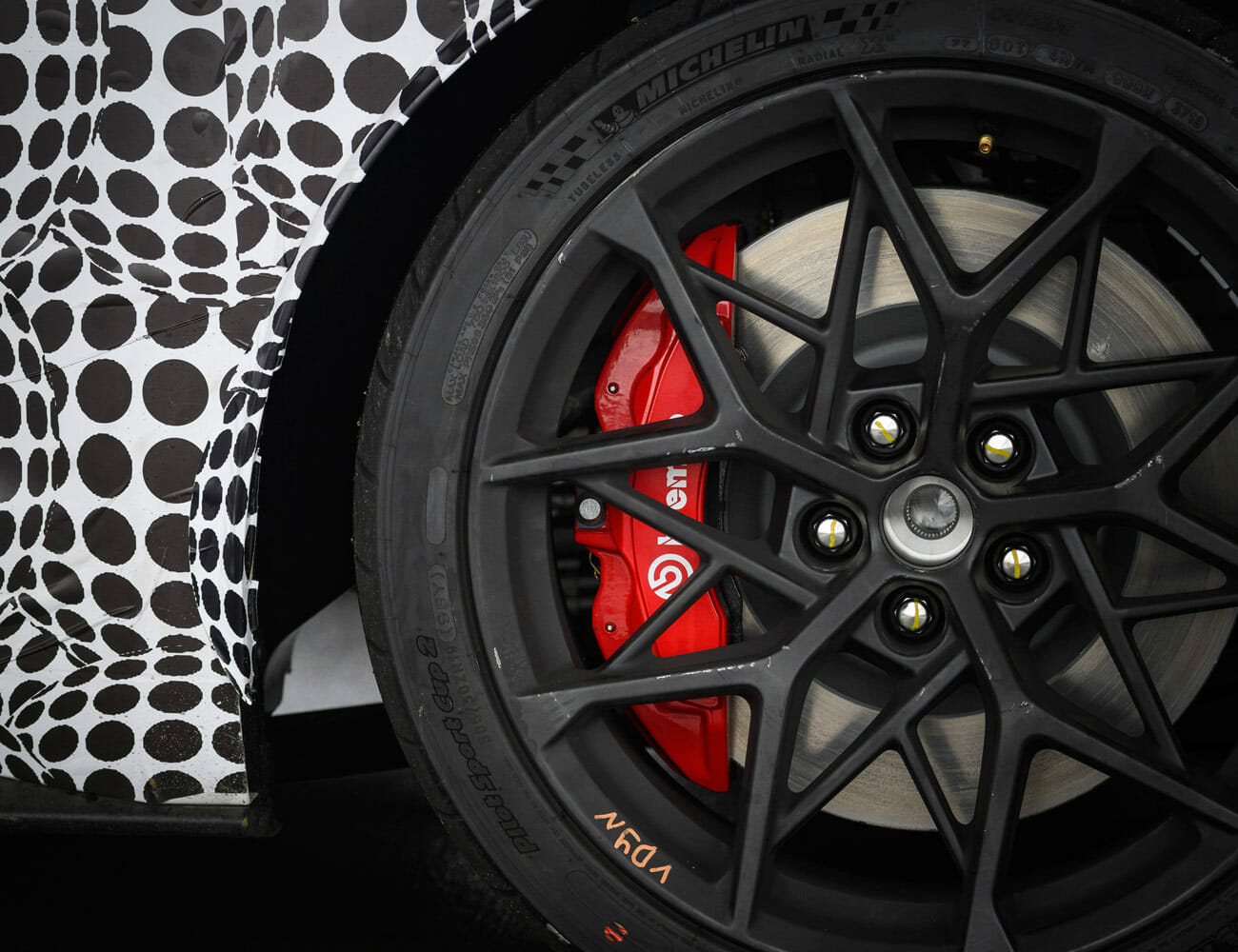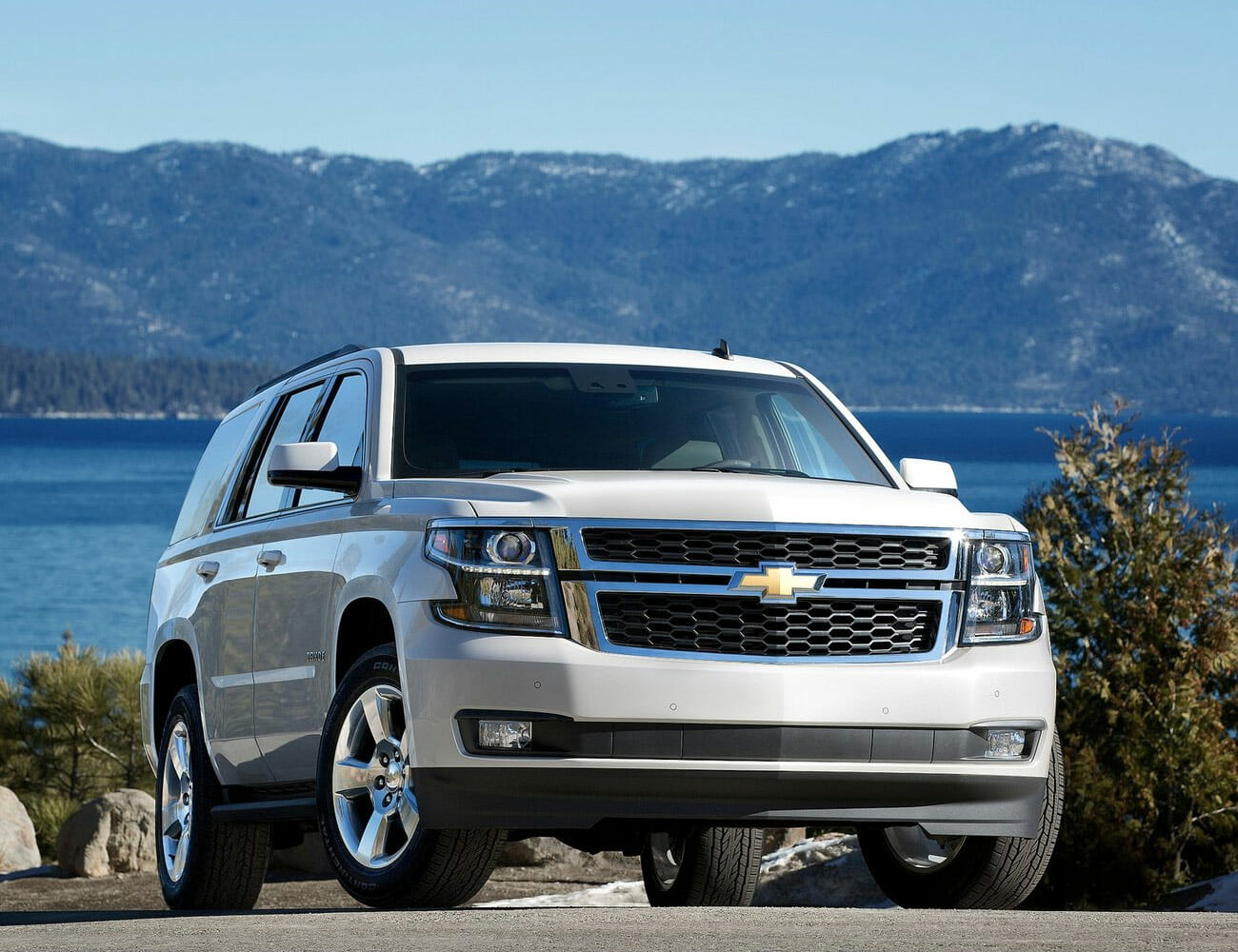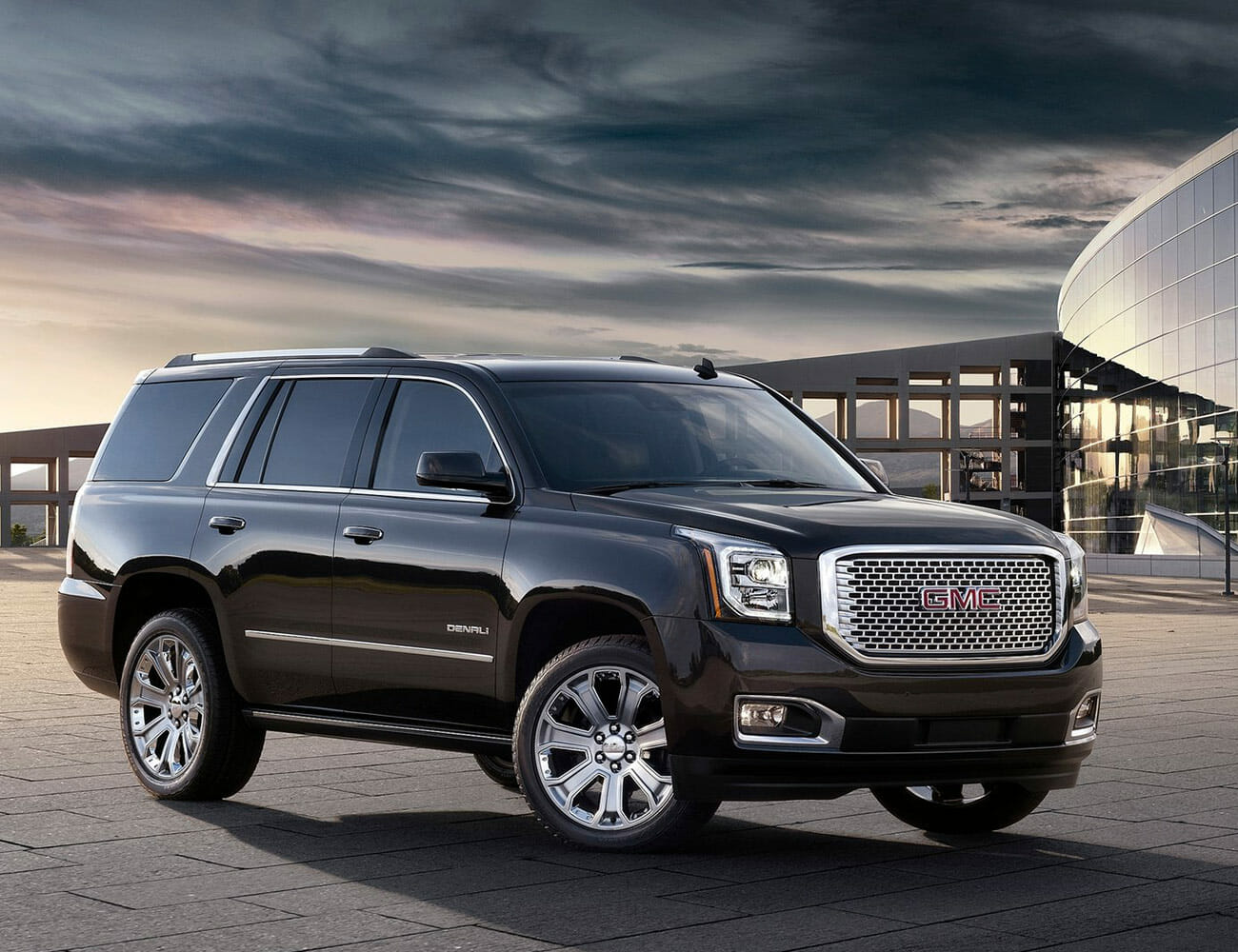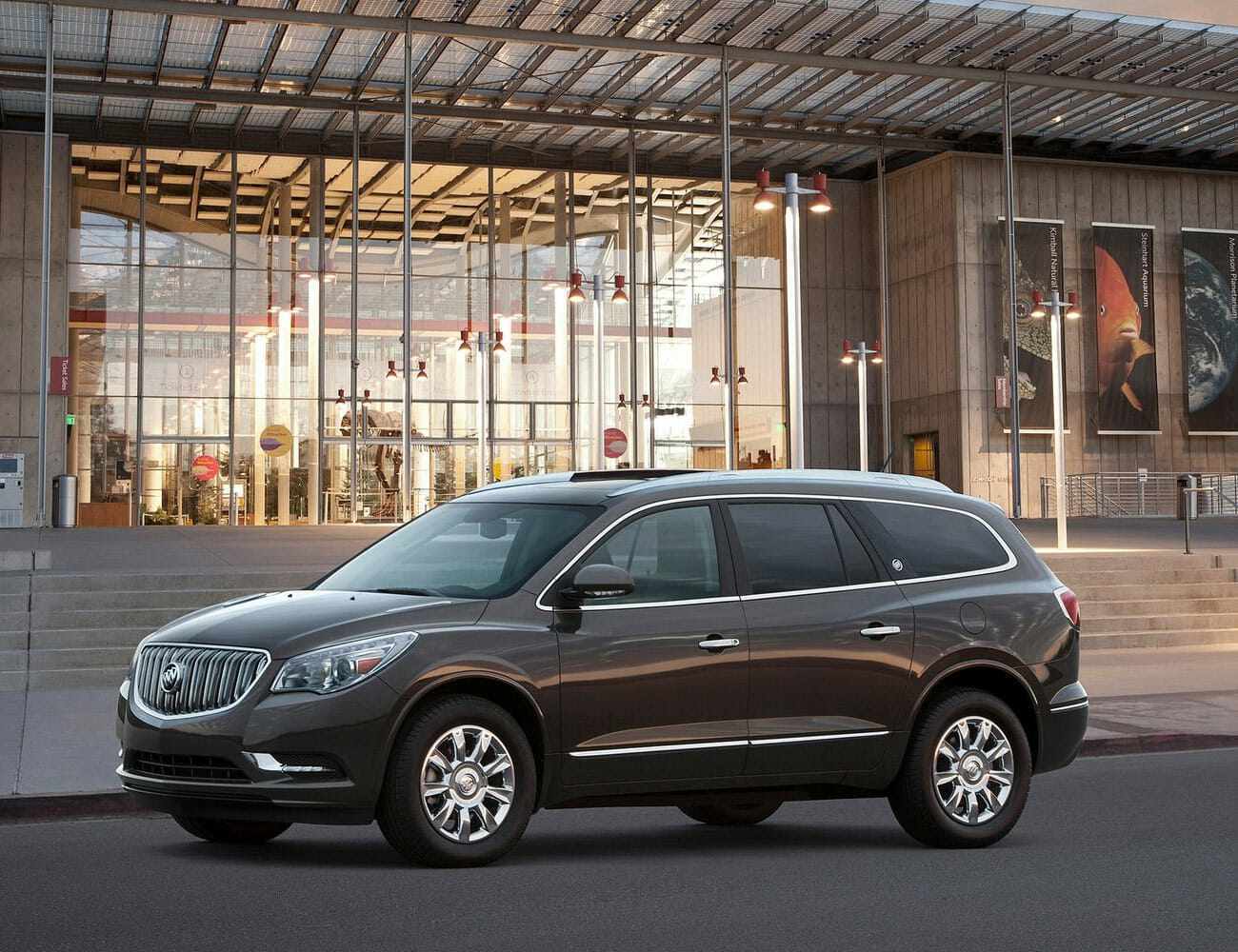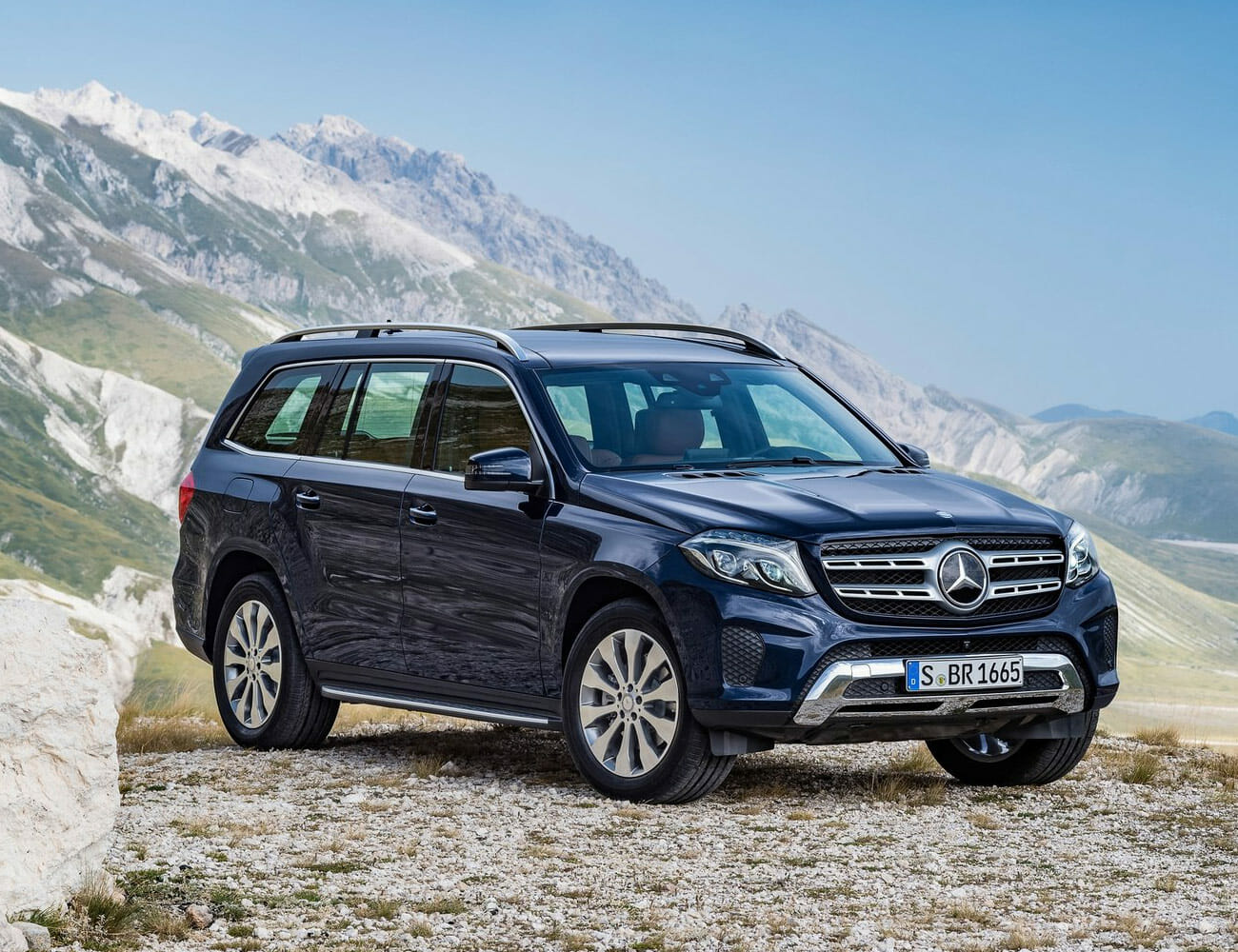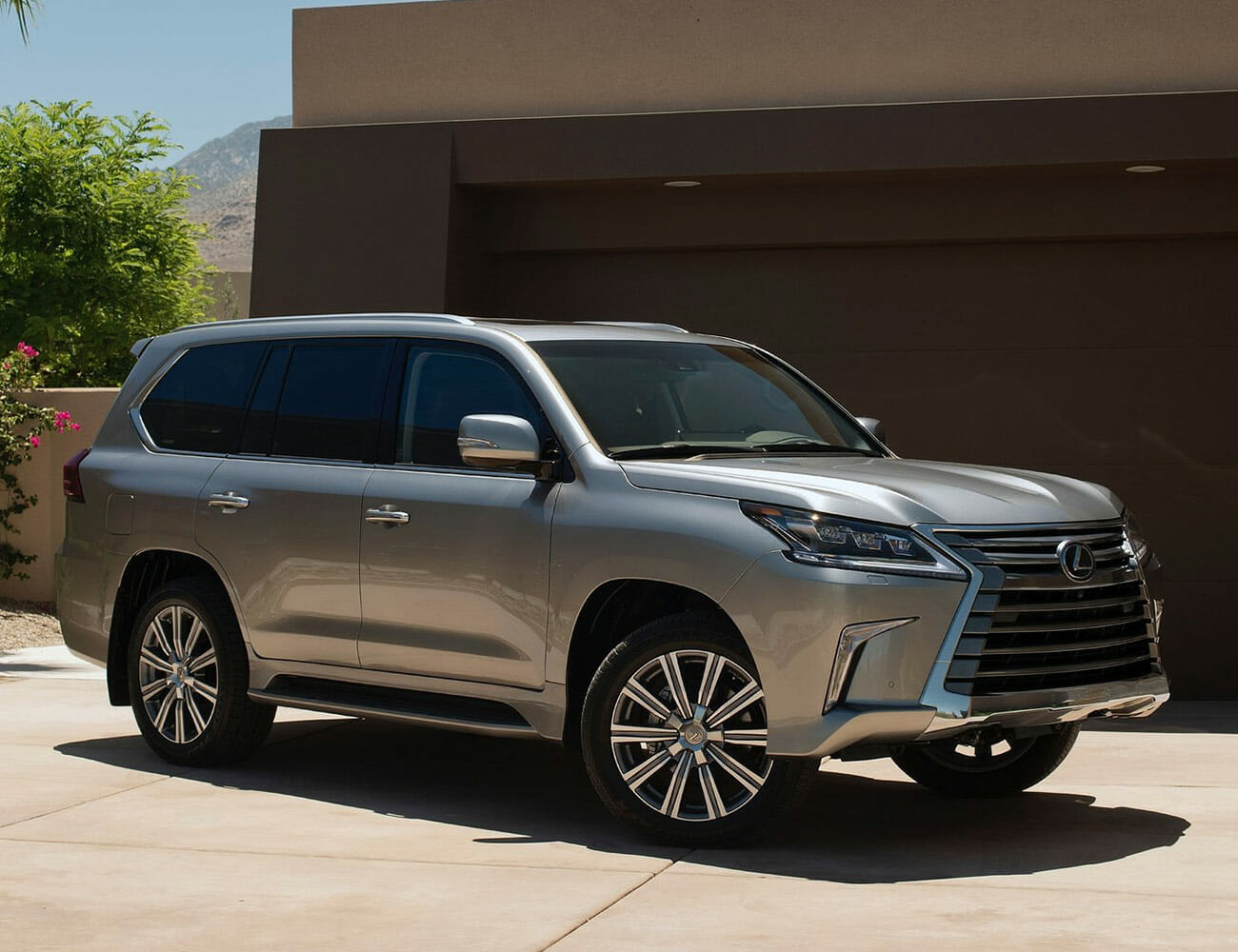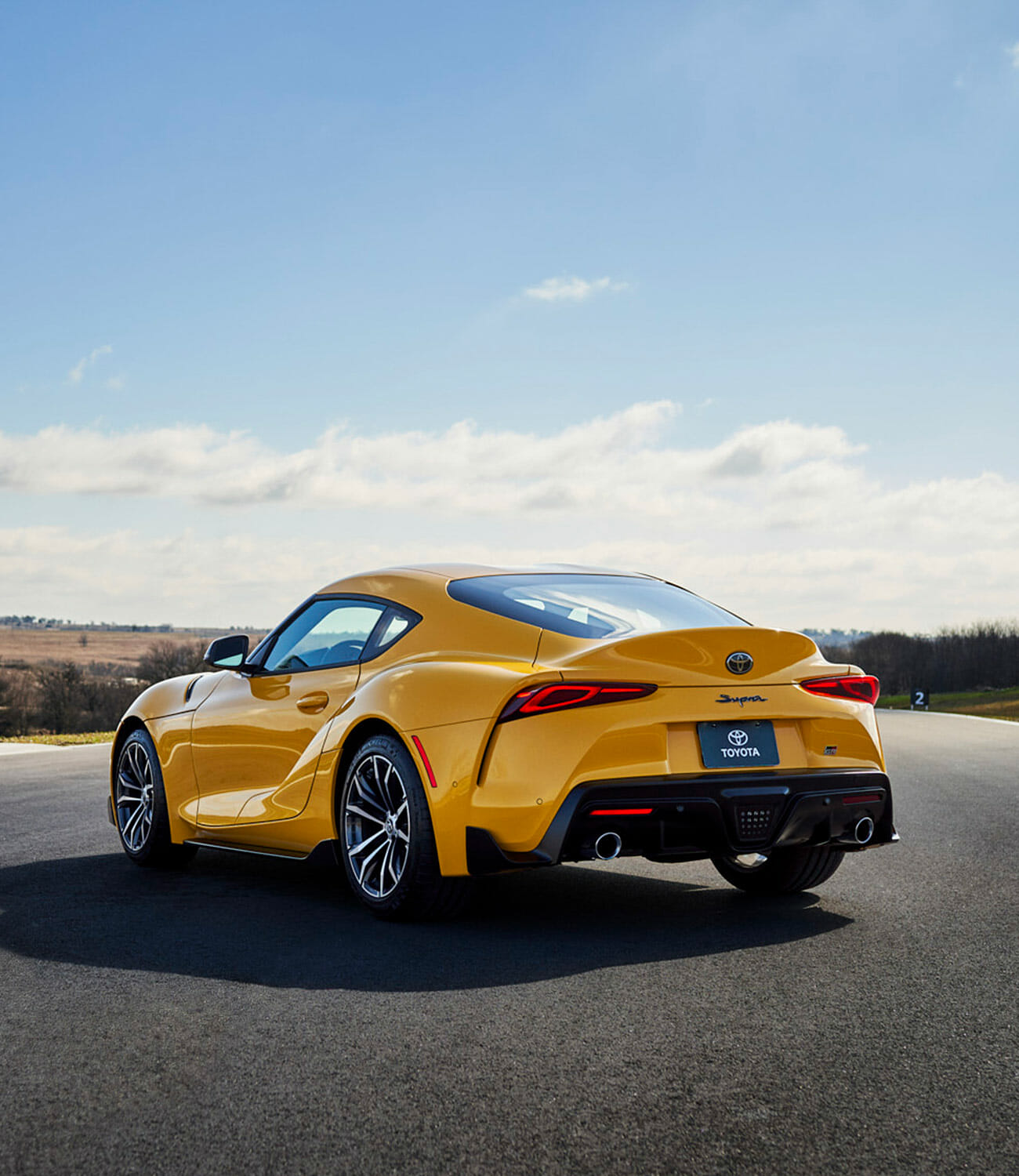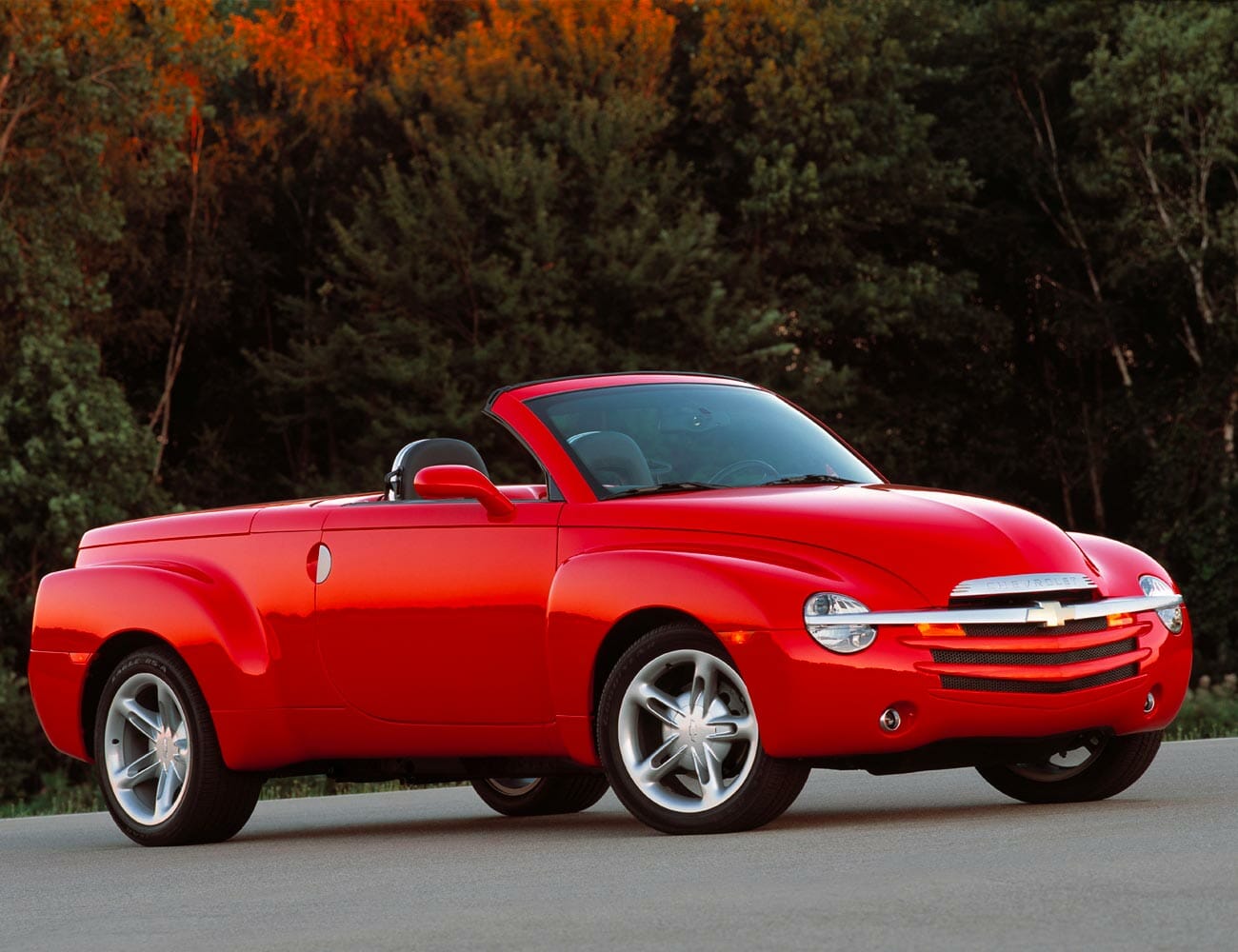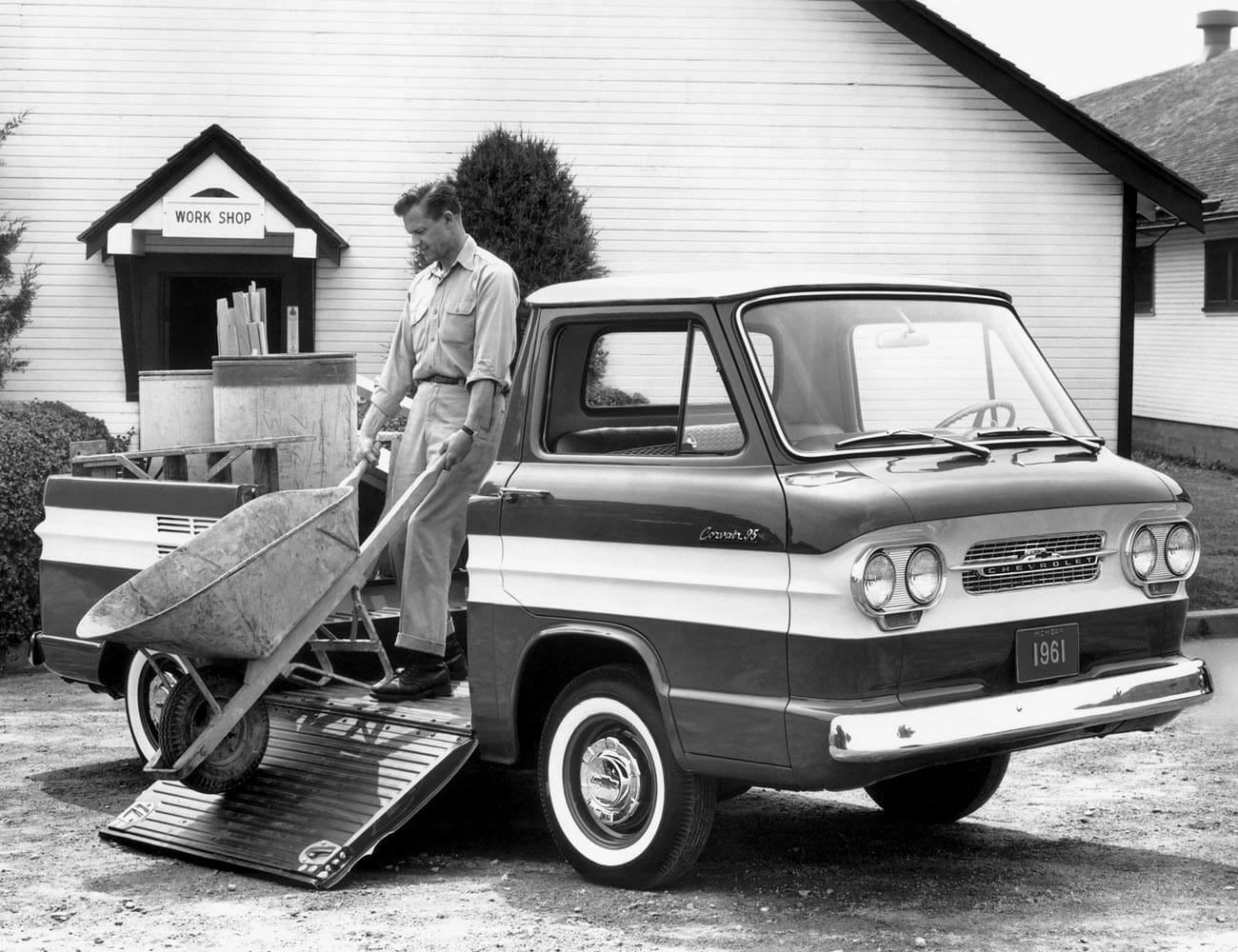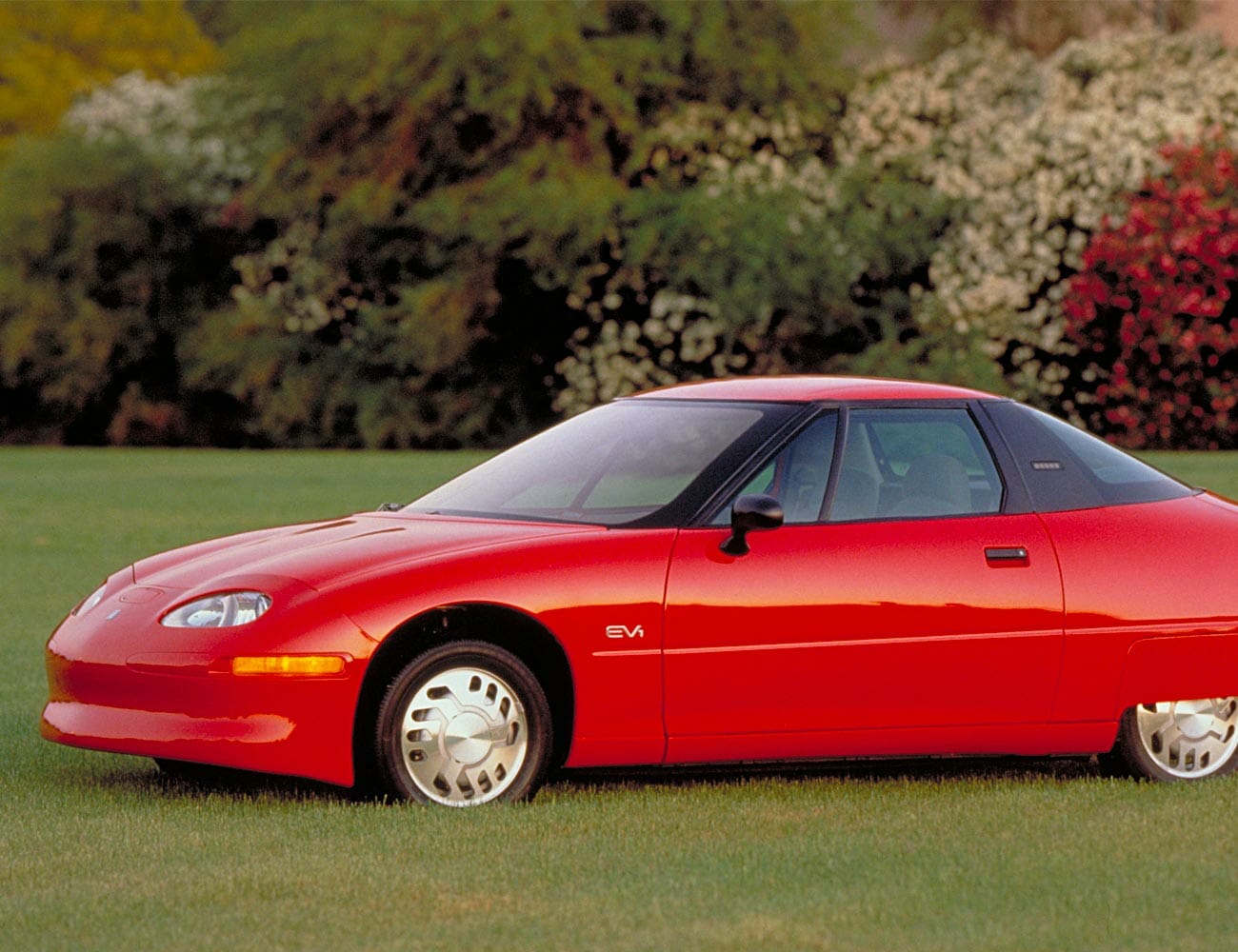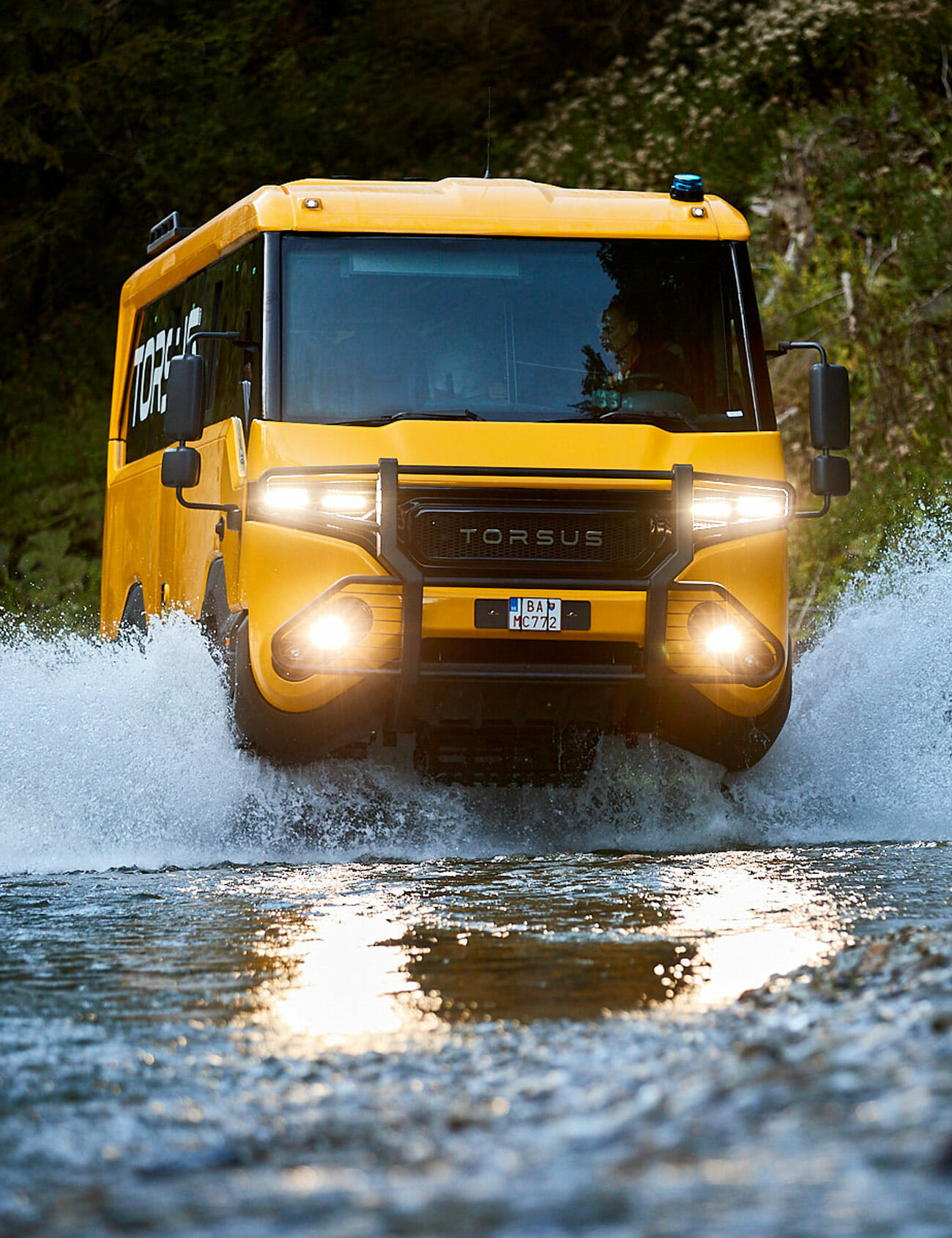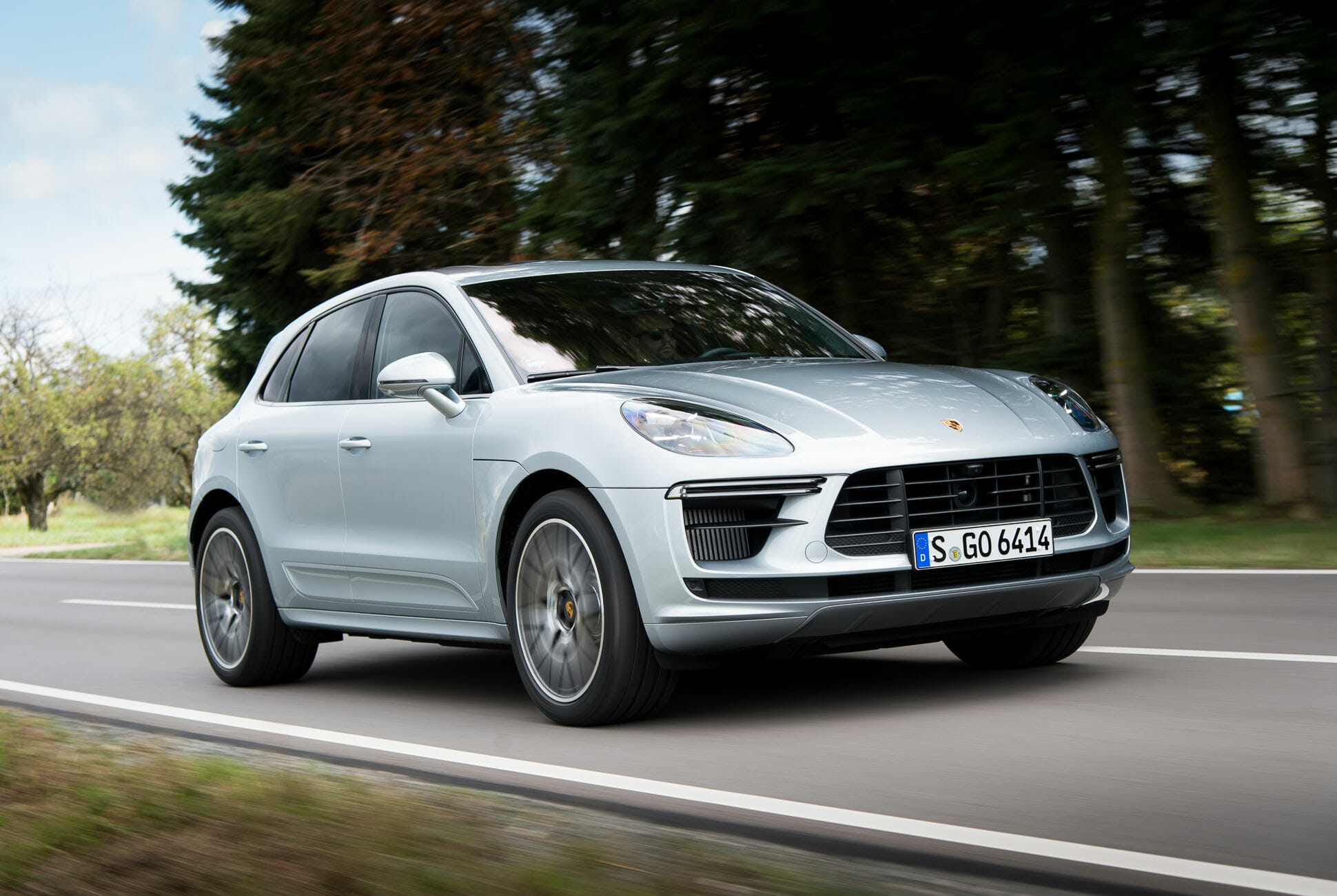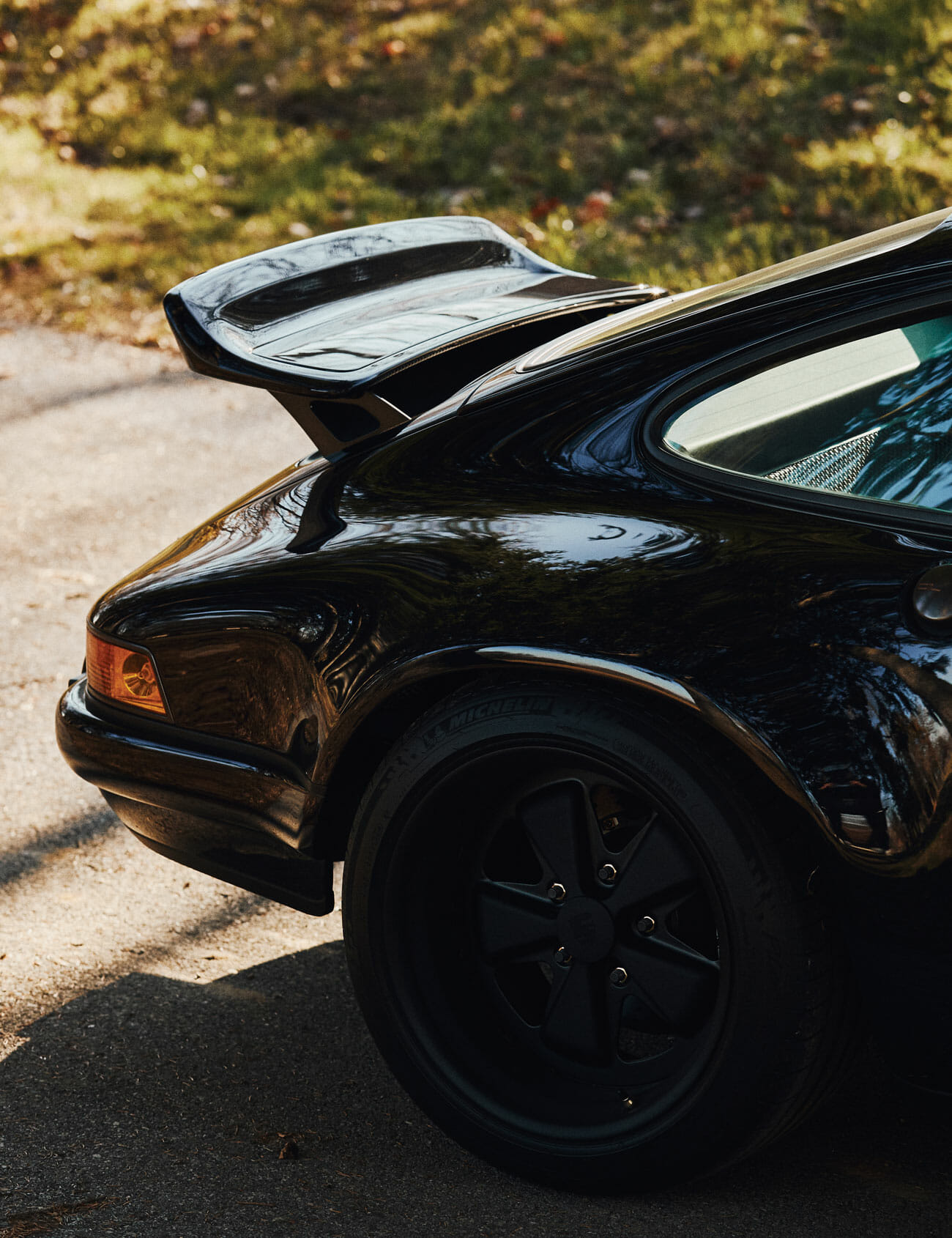Once upon a time, BMW’s nomenclature was fairly simple: three numbers, with the first signifying the size of the car and the latter two announcing the engine’s displacement, followed by the occasional letter or two to signify body style, drive wheels or specifics about the power supply, like electric assistance or fuel injection. Separate from all those stood the M models, which were even more simple: the 13th letter of the alphabet, followed by the number representing the body style.
Things done changed. These days, BMW’s naming convention is a wild mess of terms. Take, for example, the M8 Competition Gran Coupe. The number 8 might make you think this car is based on the 7 Series, the way the 4 Series is a spinoff of the 3; in fact, however, the 8 Series is based on the midsize 5 Series. The word Competition might make you assume this is a car meant for the race track, but in fact, it’s simply a slightly more powerful, ever-so-slightly sharper version of the potent-yet-luxurious M8. And “Gran Coupe” may suggests a large two-door, but a quick glance will clearly indicate that this car has four fully-functional doors — and a very large back seat.
So let’s strip away the jargon, and admit what the BMW M8 Competition Gran Coupe really is: a better-looking version of the incredible BMW M5. Which, this reviewer would argue, makes it a better M5…even if it costs an extra $33,000.
The M8 Gran Coupe is quite the looker
BMW’s M8 Competition Gran Coupe occupies a very similar niche to the Mercedes-AMG GT 63 S — the hardcore version of a four-door-coupe variant of a midsize super-sedan. But while the AMG may be ever so slightly harder-edged, as befitting its nominal status as a member of the GT sports car family, the Bimmer has it beat on appearances. The GT 4-Door is handsome, sure, but its front end and rear sometimes seem like they came from two separate cars; the M8 Gran Coupe, on the other hand, boasts a coherent design that’s both elegant and muscular, from its bulging bulldog snout to its taut haunches.
Indeed, in spite of the extra nine inches of length, the Gran Coupe can be confused with the regular two-door 8 Series at a glance from certain angles. I found myself stealing over-the-shoulder looks at it more than once when walking away, and I clearly wasn’t alone in finding it appealing; while driving through New Jersey, a couple guys in a McLaren took after me for a spell in order to check out the Bimmer (punctuated with a hearty thumbs-up).
Like the M5 Competition, the M8 Comp GC is a great drive
The M8 Competition Gran Coupe is a genuine delight of a driver’s car. Not just in the ballistic-missile sense you’d expect of a large, uber-powerful German luxury sedan, either; it’s actually fun at real-world speeds. The steering is miles better than the M850i’s, with an immediacy and natural nature that, if not quite the equal of electric power steering masters like GM and Porsche, comes close. Pitch it through corners like a Miata, and it feels like it’s having a ball in a way you don’t expect from a car of this size and power.
But the 617-horsepower engine is a wonder, too. Between the mighty horsepower that manifests up high in the rev range and the 553 lb-ft of torque that comes on as early as 1,800 rpm, the twin-turbo V8 hits like Mjolnir. At one point, I found a winding stretch of desolate back road, so I hammered it, zipping back and forth from legal to extra-legal speeds over and over again. The push left me wowed…then I realized I’d been accidentally left it in fourth gear the entire time. Let it shift for itself, and in the most aggressive mode, the transmission clicks off gears exactly where you want when tearing up a back road. Granted, you can’t hammer it for too long at a single go — 0 to 60 mph comes in three seconds or less if you launch it — but the fun lies in doing it over and over and over again.
And in case you’re wondering: yes, like the M5, the M-tuned all-wheel-drive system lets you switch to rear-wheel-drive if you want to hoon around. I made donuts. It was delightful.
It’s worth taking the time to get to know the settings
These days, most cars of the M8’s sort of performance ilk offer up preset drive modes that control their many adjustable systems — throttle mapping, suspension, exhaust, etc. — as one. Not BMW. Like other M cars, the M8 Competition Gran Coupe makes you pick and choose individually between manual and automatic shift modes, three levels of shift speed, two levels of steering weight, two levels of brake feel, two levels of exhaust noise, three suspension stiffness settings, three levels of engine responsiveness, and three different power distribution choices (4WD, 4WD Sport and 2WD). Most of them are controlled through the iDrive screen, not via buttons — though the shift speed is shifted via rocker buttons on the shift lever.
If this sounds like a lot to deal with every time you jump into the car, well, it is. That’s why BMW gives the car two bookmark buttons: red tabs on the steering wheel labeled M1 and M2 that are a couple inches from your thumbs when at 9 and 3. Each can be programmed with its own combo of all those features, enabling you to create your own personal presets.
What BMW doesn’t tell you is that there’s also, effectively, a third preset: the most conservative settings for all of the above, which it returns to every time you hop in. Default mode, which I took to calling “M0,” is generally fine for most commuting; even with everything set to Comfort or Efficient, it’s hardly slow or numb. I made M1 a moderately aggressive setting and M2 a full-blown attack mode, but the beauty of BMW’s system is that you can tweak them as you want: a street mode and a track mode, an urban mode and a country mode, a city mode and a highway mode, etc.
And once you start fiddling around with the car’s setup, you realize just how many features can be adjusted as you see fit. The active safety features, like blind spot alert and emergency automatic braking, can be adjusted to different levels of sensitivity and saved as an Individual mode (which, blessedly, the car does not default out of upon restart). The delightful optional Bowers & Wilkins stereo, the colors of the mood lighting, even the gesture control that lets you control the infotainment with a wave of your hand — they can all be adjusted to your exact wants. It’s a level of control that rewards those willing to get to know their car properly…and when you’re getting a car this remarkable, you absolutely should do that.
![]()
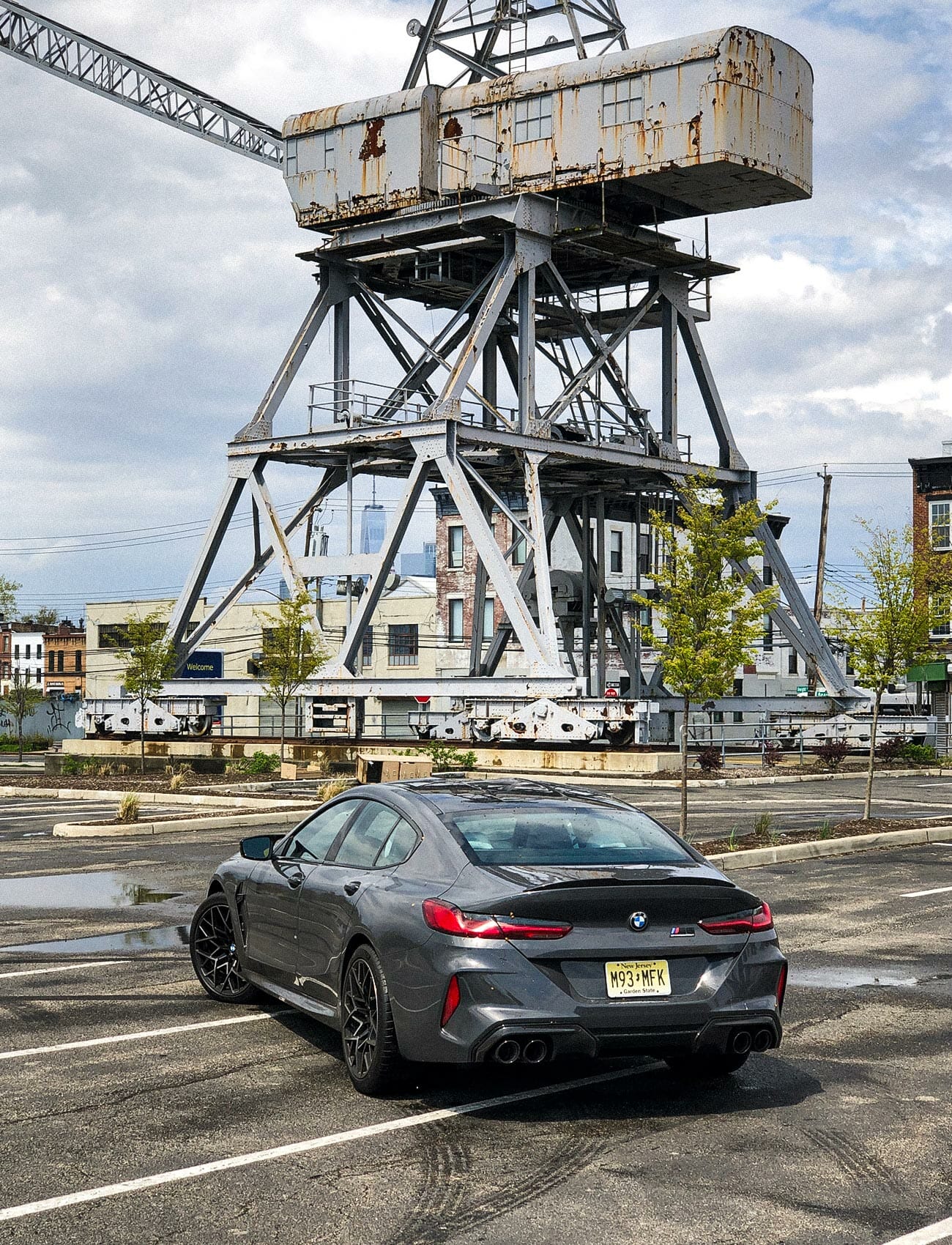
Price as Tested: $150,300
Drivetrain: 4.4 liter twin-turbo V8, eight-speed automatic, all-wheel-drive
Power: hp, torque
Fuel Economy: 15 mpg city, 21 mpg highway
Seats: 5, but 4 in comfort
BMW provided this product for review.
Note: Purchasing products through our links may earn us a portion of the sale, which supports our editorial team’s mission. Learn more here.
Will Sabel Courtney is Gear Patrol’s Motoring Editor, formerly of The Drive and RIDES Magazine. You can often find him test-driving new cars in New York City, cursing the slow-moving traffic surrounding him.
More by Will Sabel Courtney | Follow on Instagram · Twitter · Contact via Email
